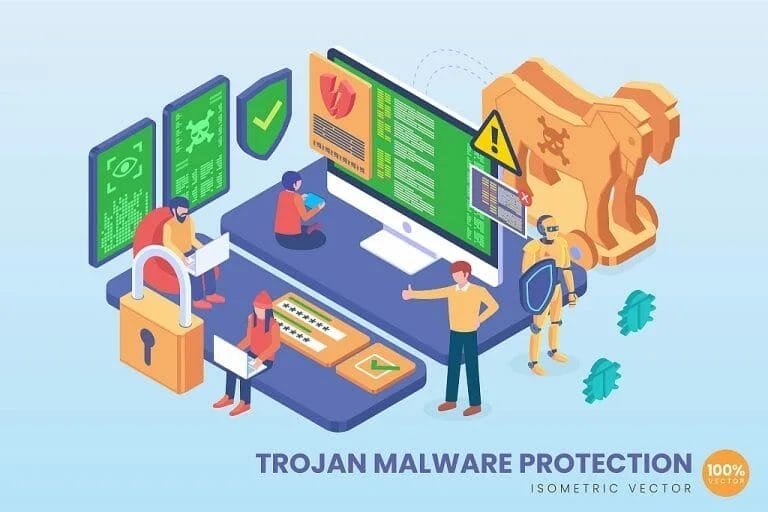Table of Contents
Cyber Risk Insurance for SMEs Singapore
With Singapore’s high level of connectivity, cyber risk insurance has become a crucial consideration for small and medium-sized enterprises (SMEs) in the country. Ransomware attacks are a rising and urgent threat that can have devastating impacts on businesses. This article examines the Counter-Ransomware Task Force Report and its implications for cyber insurers.
The Rising Threat of Ransomware
Ransomware attacks pose significant risks to organisations in Singapore due to the country’s digital connectivity. These attacks can result in extensive data loss, business disruption, legal and regulatory exposure, financial harm, and reputational damage. As such, cyber insurers must address these risks and provide effective coverage for SMEs.
The Counter-Ransomware Task Force Report
The Counter-Ransomware Task Force (CRTF) was established to study the growing trend of ransomware attacks in Singapore. The task force issued a report that outlines recommendations and policies to counter this threat. This report is essential for cyber insurers to understand the current landscape and tailor their coverage accordingly.
The Four Pillars of Action
The CRTF recommends four pillars of action to address the ransomware threat effectively:
- Improve Cyber Posture: Organisations must raise their cyber posture and implement strong technical measures to enhance cybersecurity. This includes critical information infrastructure (CII) and SMEs, which should receive special attention.
- Discourage Ransom Paymen: The government should discourage ransom payments and underscore the associated risks and consequences. This includes exploring the ramifications of insurance policies that cover ransom payments.
- Enhance Tracing Capabilities: Tracing the flow of ransom payments can be challenging, given that they are often made in cryptocurrency. The CRTF recommends making it mandatory for organisations to report ransom payments and improving tracing capabilities through blockchain solutions.
- Foster International Cooperation: Ransomware is a borderless threat, requiring global cooperation. The CRTF recommends expedited cross-border law enforcement collaboration, continued work with financial action task force, and studying the effects of insurance policies that cover ransom payments on the ransomware industry.
Implications for Cyber Insurers
The CRTF report confirms that cyber insurance is a key solution for managing the financial risks of ransomware attacks. To encourage greater uptake of cyber insurance, the CRTF recommends creating a guide for cyber insurance and tailoring insurance packages for CII and SMEs. Cyber insurers can proactively adopt these recommendations and offer custom solutions for these organisations.
Cyber insurers should also consider relaxed information requirements and IT security standards for SMEs at the underwriting stage. By taking a cost vs. risk approach, cyber insurers can avoid discouraging SMEs from purchasing cyber insurance.
Singapore’s Cybersecurity Health Plan
To reduce cyber risk exposure for SMEs, the Cyber Security Agency of Singapore (CSA) launched the Cybersecurity Health Plan. This scheme provides funding support for SMEs to engage cybersecurity consultants and improve their cybersecurity hygiene. Cyber insurers targeting the SME market can benefit from this scheme as it promotes cybersecurity awareness and best practices.
Should Ransomware Payments be Prohibited?
The CRTF’s report raises the question of whether coverage for ransomware payments should be prohibited in Singapore. While this debate is gaining traction globally, opponents argue that banning ransom payments could lead to more malicious forms of extortion. Prohibitions may also drive organisations to seek coverage from overseas providers, negatively impacting local cyber insurers.
Cyber insurers in Singapore should engage with the government on this issue to ensure that any policies implemented are effective in protecting organisations without unduly burdening businesses.
In conclusion, cyber risk insurance is a crucial consideration for SMEs in Singapore given the rising threat of ransomware attacks. The CRTF’s report provides valuable insights and recommendations for cyber insurers to tailor their coverage and address the specific needs of SMEs and critical information infrastructure. By proactively engaging with the government and offering custom solutions, cyber insurers can expand their market while helping organisations mitigate cyber risks.
Sources:







